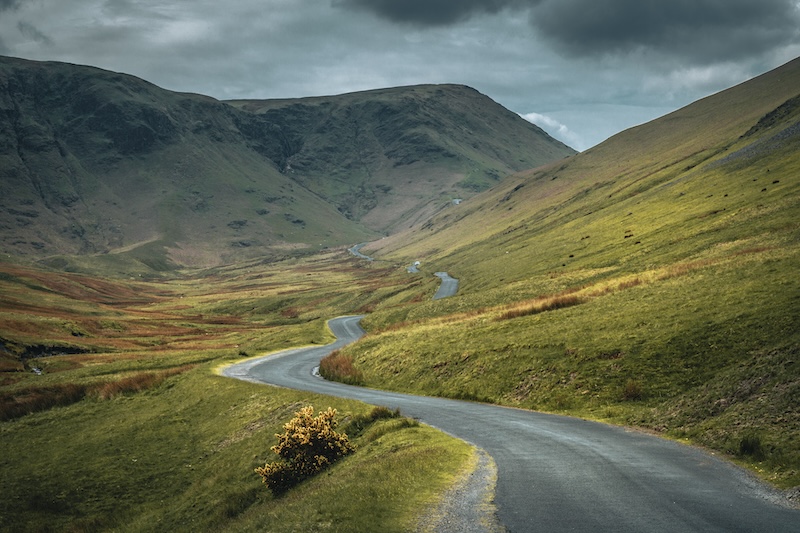Get winter ready: 5 tips for cold-weather driving

As temperatures drop, UK roads get more treacherous with rain, ice and snow.
But there are things you can do to prepare your car and yourself for whatever winter has to offer.
Follow these tips for a safer and more comfortable journey in cold, wet, and slippery conditions.
5 tips for driving in winter:
1. Pack an emergency kit in your car
It’s wise to have a bag of essentials in your boot during the winter months, in case of emergencies. Pack a spare mobile phone and charger so you can call for help if needed. Add a torch with batteries, a first aid kit, a whistle, a box of matches and an emergency poncho too. Toilet paper and a blanket could also come in handy, as well as a tow rope and jump leads.
2. Get winter tyres
You may think winter tyres are unnecessary, but they can actually make driving a lot safer in temperatures below 7°C. Contrary to popular belief, these tyres are not just for snow. They are designed to disperse water away from the tyre, helping to prevent skidding on wet roads. So, any driver can benefit from these tyres during UK winters.
3. Always have fuel in the tank
It’s important to keep your petrol or diesel vehicle topped up with fuel, or sufficiently charged if you have an EV. Not just for getting where you need to go, but also to ensure the heat can be turned on if you have to stop. You don’t want to be caught in the chill for hours on end, but you should always be prepared just in case.
4. Slow down
In winter when there’s rain and fog, it can be harder to see obstacles on the road, so keep your driving slow and steady. This way, you can stop quicker if you need to, and do so without skidding on ice. According to the RAC, stopping distances in snow and ice can increase by as much as ten times compared to dry conditions. So, by slowing down, you’re making roads safer for you and other motorists.
5. Be extra cautious around pedestrians and cyclists
With reduced visibility during winter, pay closer attention to people passing on foot or by bike. Slow right down on residential streets and busy public roads where there are a lot of pedestrians and cyclists around. As already mentioned, it’s easier to slam on breaks in an emergency if you aren’t moving too fast to begin with.
Keep warm and stay safe this winter with help from 1st Central. Here’s your guide to winter car checks.


